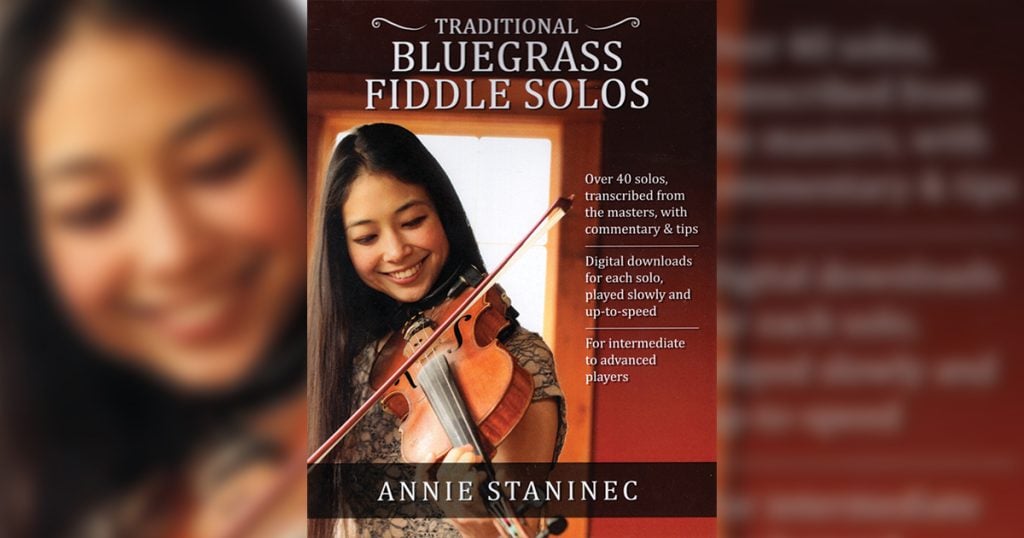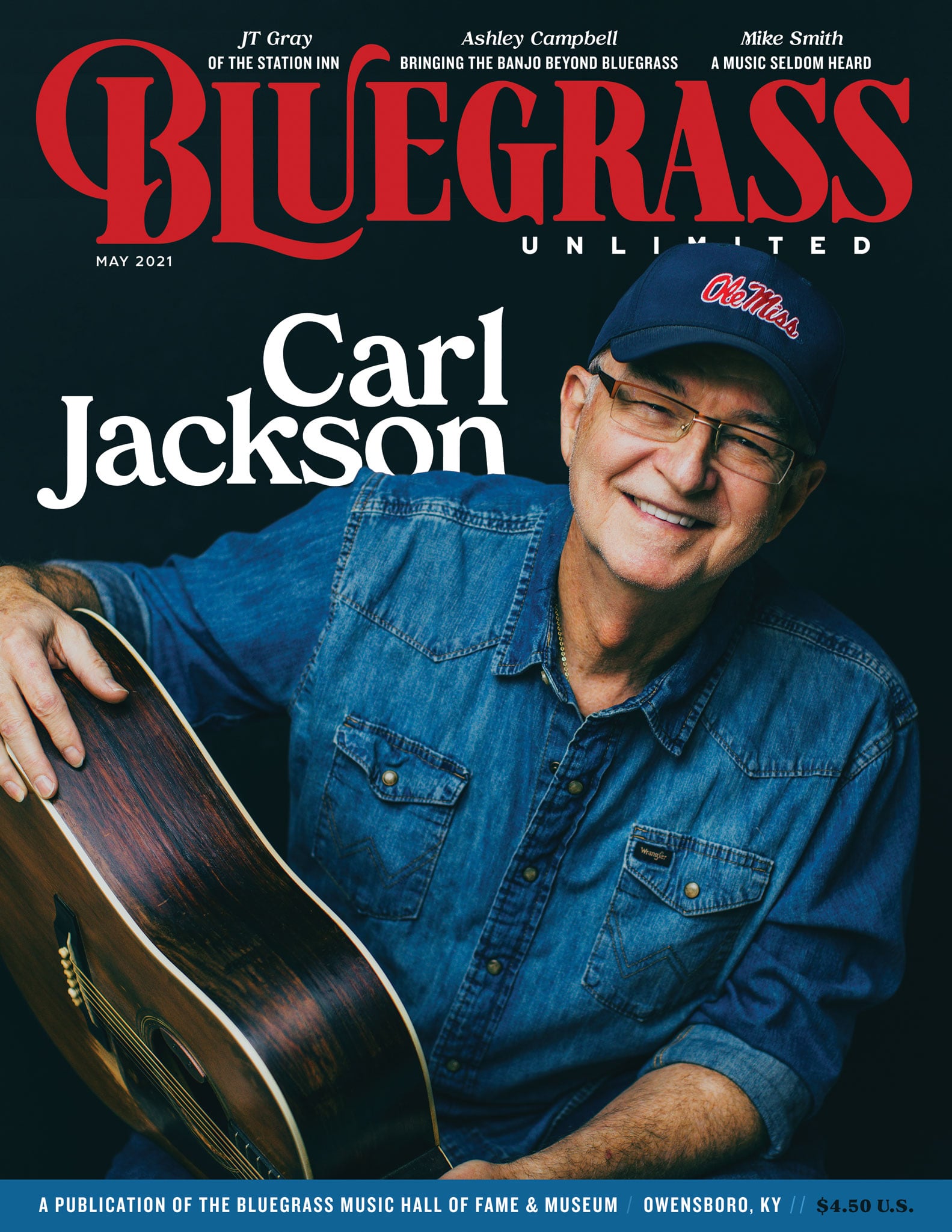Traditional Bluegrass Fiddle Solos
Fiddle Solos
Annie Staninec has been playing the fiddle from the time she was 4 years old and was performing by the age of 11. It seems that her love for music happened very early in life and endures into the present with her performing and teaching in Portland, Oregon and all over the world. So when I was asked to review her book Traditional Bluegrass Fiddle Solos, I knew the book would reflect that love for the fiddle.
The book is written for intermediate-to-advanced players that are somewhat competent in reading sheet music and have some experience learning by ear. Don’t be afraid of this book if you come from a classical, Irish, old-time, or other style of music because you will gain insight into the world of bluegrass fiddle. If you are a seasoned bluegrass fiddler, you will smile at Annie’s selection of songs that represent some of the most prominent (mostly first-generation) bluegrass fiddlers, and their great licks. You may even pick up a new lick here or there.
This book features 46 fiddle solos for bluegrass vocals, transcribed precisely, and recorded with the extensive knowledge that Annie brings to this style of music. The book features solos by great bluegrass fiddlers and represents a broad selection in this style. The first thing you will notice is the strong influence that “the blues” has on bluegrass fiddling. You will hear the excellently performed and notated slides, the extensive use of double stops, and how playing in the traditional bluegrass keys are accomplished. Bluegrass fiddle is a very nuanced style of music, and this book will help guide you through those nuances to make it sound authentic.
Go to www.anniestaninec.com and listen to a few sample songs and see the song selection table of contents. The songs in this book are recorded at normal and slow speed with fiddle and guitar in the left and right channels. They are available for download after buying the book. Fiddlers will enjoy listening to all the recordings. After learning a tune, you can reference the recordings to help you fine-tune all the subtleties that Annie executes so masterfully and incorporate them into your playing.
I have played through many of the songs in the book and have committed to memory a couple of them. When I read through a notated version of a song, I need as much information as possible because you can’t see the fiddler playing. To me the slurs are the most important part. If I can’t play the song with efficient bowing, I will only continue learning the tune if I really like it. Many instructional books fall short in this area because it takes more effort to get the slurs right than to transcribe the actual notes. It’s only after learning a notated tune that I apply some of my bowing preferences. The songs in this book have well thought out slurs that make them fun to play, and the descriptions below the tune help decipher what’s going on with shifting positions and other nice details.
Becoming a good fiddle player is a lifelong process filled with many ups and downs. Patience and perseverance will help get you to that next level. Having a book like this will make that process faster, easier, and more fun. I highly recommend this book!

